5 Pillars for Performance: The Key to Being a High Performer Without Sacrificing Your Happiness
There’s a point in every ambitious person’s journey where they ask themselves: Is this really it?
You’re hitting the goals, staying “on,” keeping the pace—and yet something feels off. You’re drained. Disconnected. Wondering if the version of success you’re chasing is actually working for you.
We’ve been sold a model of performance that prioritizes output over wellbeing, perfection over presence, and speed over sustainability. But here’s the truth: you can be high-performing and still protect your peace. You can aim high and feel good while doing it.
The key is working from a stronger foundation—one that’s built on more than discipline or drive. Here are five pillars that support real, long-term performance without burning you out in the process.
1. Emotional Resilience
Most high performers know how to push through. What’s harder is knowing how to pause, regulate, and move forward without self-abandoning.
Resilience isn’t about being tough. It’s about being aware of your internal state and knowing how to steady yourself when things get turbulent. If you can stay grounded and emotionally available—even when things go sideways—you stay connected to your clarity. And that’s where real leadership starts.
What helps:
Recognizing your emotional patterns before they hijack your day
Building habits that reset your nervous system (walks, stillness, breathwork)
Giving yourself room to feel, not just function
2. Purpose & Intentional Goals
It’s easy to end up chasing goals that don’t actually belong to you. Promotions, milestones, numbers—they look good on paper, but if they don’t feel aligned, they’ll wear you down over time.
Sustainable performance only works when your goals match your values. When you know why you’re working toward something, it shifts the entire experience. You move from pressure to presence.
Try this:
Reconnect to your “why” once a month (especially when momentum dips)
Ask: Is this goal coming from internal clarity or external pressure?
Let go of goals that no longer feel true, even if they once did
3. Boundaries & Energy
Your capacity doesn’t depend on how much you can fit into your calendar—it depends on how well you manage your energy.
High performance is not about being available all the time or saying yes to everything. Boundaries are what allow you to stay sharp, creative, and calm under pressure. Without them, everything feels urgent—even when it’s not.
Protect your energy by:
Saying no when something doesn’t serve your bigger vision
Blocking focused time (and actually respecting it)
Being mindful of who or what drains vs. restores you
4. Rest, Recovery, and Rhythm
You don’t need to “earn” rest. Rest is part of the work.
Whether it’s downtime, sleep, or just a mental break—taking space to recover isn’t lazy, it’s strategic.
Creativity, clarity, problem-solving… they all come back online when you’re rested. And in today’s overstimulated world, learning how to pause is one of the most underrated high-performance skills you can build.
Start small:
Schedule breaks the same way you schedule meetings
Set clear end times to your workday
Let rest be active: walks, reading, nature—whatever slows your system down
5. Self-Compassion
It’s easy to be hard on yourself when you’re wired to do more, be better, move faster. But performance without self-compassion creates anxiety, not momentum.
Compassion doesn’t mean letting yourself off the hook—it means creating a safer internal space to keep showing up. When you speak to yourself with patience instead of punishment, you recover faster. You stay in the game longer.
What helps:
Replace self-criticism with curiosity (“What’s this really about?”)
Normalize mistakes—they’re feedback, not failure
Celebrate progress, even when it’s quiet or behind the scenes
Where are you performing at the cost of your peace?
And what would change if you gave yourself permission to build success a different way? Start with one pillar. Strengthen it. Let that shift ripple outward. You don’t need to overhaul your life—just return to what’s true, one piece at a time. When performance and wellbeing align, that’s where the real magic lives.


